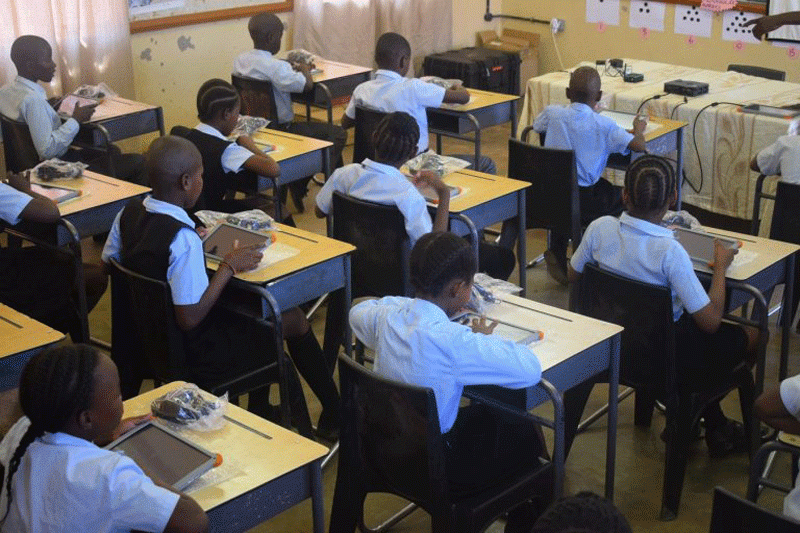
THE decision by some schools to charge fees exclusively in United States dollars will further complicate an already tough situation in the education sector and families’ lives generally.
It is common knowledge that the majority of parents are paid in the fast-depreciating local currency.
And pushing them to find forex, which they can only dream of, would be cruel.
This is why government had directed schools to peg fees in US dollars and use official exchange rates for the local currency equivalence.
It means by charging fees exclusively in hard currency, or asking parents to pay half in local currency and the other half in US dollars, they are going against government policy.
Threats by teachers to embark on industrial action will also make things worse.
Parents will struggle to raise the forex, only to find schools virtually deserted.
This chaos in the education sector is being replicated across the various sectors of the country’s economy.
- Zimra is now owed over $33 billion as defaults rise
- Fresh warning over gold coins
- DT Bio Mudimba: A sungura perfectionist
- RBZ suspends Access Forex domestic money transfer
Keep Reading
In the agricultural sector, government is struggling to get adequate grain deliveries as farmers hold on to their grain due to the unattractive prices.
Farmers prefer to sell their maize to millers who pay exclusively in hard currency. On the other hand, the tobacco sector has been hard hit by side marketing.
This has been worsened largely by the central bank’s policy for buyers to pay part of deliveries in local currency, which is depreciating.
This is unattractive for tobacco farmers who need to buy inputs in foreign currency before the new season starts.
The retail and manufacturing sectors have also not been spared.
Demand for goods has been affected because like schools, they are indexing prices in United States dollars, which are out of reach for most consumers.
But what Zimbabwe is experiencing now it the result of President Emmerson Mnangagwa’s decision to prematurely introduce the Zimbabwe dollar before key benchmarks were met.
These include improving exports, and increasing the import cover, which is crucial for defending the currency.
This was done without putting in place the benchmarks needed to introduce a stable local currency — which includes attaining a sustainable GDP growth rate of at least 7%, low and stable inflation, reducing the high debt ratios to very low and sustainable levels; increasing the level of savings and investments to at least 25% of GDP, reducing the balance-of-payments and at least six months import cover.
The chickens have come home to roost and the more government fails to admit the failure of the local currency, the deeper the economy will sink into the doldrums.











